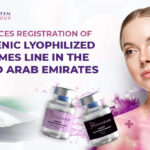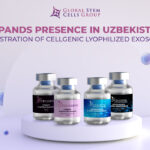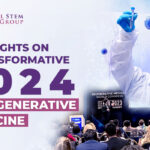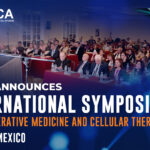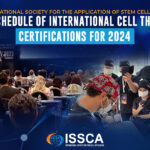PRP Therapy, otherwise known as Platelet-rich Plasma Therapy, if often performed by doctors after a surgery, as it helps surgical wounds to heal quicker and better. There are many ways in which this therapy can be used, including orthopedic and aesthetic applications.
Not all of us reading this are medical doctors or researchers. Because of such, we at Adimarket believe that breaking down the core aspects of how PRP therapy could help in wound healing would be beneficial.
How Does A Wound Heal?
Whether it is a paper cut or a severe gash, all wounds have a process of healing and goes through stages. This begins with bleeding. Although not all wounds bleed, even if they don’t follow this phase, they will still follow the rest of them.
During the bleeding process, platelets in the blood bound together, which forms clots. This stops the bleeding and helps the wound to begin healing by closing the wound with what is called a scab. Afterwards, swelling starts to occur. This is due to the immune system working to send white blood cells and nutrients to the source of the wound, which helps to fight off infection. During this time, it is not uncommon to see a clear liquid around the wound, which is mean to keep the area clean and prevent further intrusion by microorganisms.
For weeks after, a variety of factors and body processes, such as oxygen, nutrients, and red blood cells, work to create new skin tissue, which permanently replaces the tissue that was damaged or removed. This includes collagen, which is the material that binds together and forms the new skin tissue.
This tissue regeneration is the last stage of wound healing. The time it takes for the new skin tissue to fully form depends on the severity of the wound, taking as little as a week for smaller wounds, to many weeks for much deeper wounds or gashes.
How PRP Promotes Healing.
So now that you know how wound healing works, it should be easier to understand why and how PRP therapy can be effective. Platelet-rich Plasma is exactly what it sounds like, it is blood plasma that has a very high concentration of platelets and other things, such as growth factors. However, PRP is often found at much higher concentrations than what is typically seen in blood. As with our case at Adimarket, it can be up to 10 times higher.
Other things can be found like this PRP as well, such as epidermal growth factor, fibroblast growth factor, and connective tissue growth factor, these are three of the many growth factors that the body uses as a natural healing aid. The way that PRP can help with wound healing is when it is injected into the wound itself. This basically supercharges the healing process, and helps the healing process go more quickly, and more smoothly.
This is because PRP provides the body with oxygen, platelets, and nutrients that the body can use right away. This also lowers both the risk of infection, and prevents scarring, which can be unsightly for many. Many doctors have been using PRP for a long time, and utilize them for patients because it is effective.
